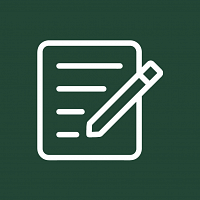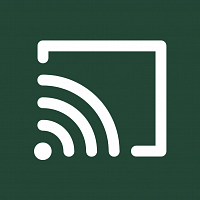Organize your Canvas site in modules, and on overview pages for modules, identify a) goals for each class period, b) pre-work, c) post-work, & d) instructions for in-class activities. Having Canvas organized in this way and with these details already available supports learning for all students (regardless of absences) and saves time for student and instructor when absences are necessary.
Post 1-2 standing assignments students can do for any class missed because of illness or quarantine. Find examples of standing assignments students might do for any missed class on this TEP resource.



